Hello everyone how are you? Thanks for visiting the site, “Washi” (Japanese Paper in Japanese), for which I’m proud of our country’s one of cultures and one of “Cool Japan” as well.
With the coming of western machine made paper and a rayon substitute found for Fusuma paper and the higher productivity of paper making machines contributed to the decline of washi production.
But since the production technique of it paper by traditional manufacturing method was registered in UNESCO intangible cultural heritage in 2009.
At the same time the export volume of it from Japan has doubled mainly in Asia in recent 10 years, outside attention to Japanese paper products is outstandingly increasing to this day.
What’s “Wash”?
It is traditional Japanese paper. Since ancient times, the Japanese have been making it using plants and trees.
The most common material is the bark of the mulberry tree which features long fibres.
Once it has been turned into pulp, it is pounded to loosen the fibres. One of the unique things about it is that the fibres are left long and uncut.
A sticky liquid obtained from the roots of the sunset hibiscus is put into a tub of water containing the pounded pulp.
Then comes the hardest part of papermaking, scooping up the fibres with a special sieve-like tool and moving them back and forth repeatedly.
This causes the long fibres to knit together so that the paper will be strong and pliant. Finally, the fibre sheets are laid out to dry in the sun.
A close-up of the edge of a torn piece of washi reveals how long the fibres are. Compared to Western paper, it clearly has much longer fibres. These long intertwined fibres are what make washi so strong.
History
It’s said that papermaking was introduced to Japan in the 7th century. At that time, it was highly valuable and only used for important documents like Buddhist scriptures.
Since white one symbolized purity and holiness, papermaking was regarded as a means of spiritual refinement.
Around the 9th century, aristocrats started writing poems on them. From around the 11th century, beautiful washi collages called tsugigami were produced.
They were more than just something to write words on, they were aesthetically pleasing in themselves. Washi-making was elevated to the realm of art.
Later, the custom started of using one for sliding doors shoji in Japanese and screens byobu in Japanese.
With its excellent air permeability, it is well suited to Japan’s hot and humid climate. That is why it came to be used as a material for architectural purposes.
Washi has many other uses. For instance, people use it to wrap pieces of confectionery or gifts. In fact, it is irreplacealbe for spicing up life in such a pleasant and elegant fashion.
Applications of Washi
Until the early 20th century, the Japanese used one in applications where Western style paper or other materials are currently used.
This is partly because it was the only type of paper available at that time in Japan, but also because the unique characteristics of washi made it a better material.
The different uses of washi include:
★ Art
Chiyogami – a method of stenciling or screenprinting paper with traditional Japanese designs as below,
Ikebana – the art of flower arrangement, also known as kadō
Inkjet printings
Kami-ito – pure-fiber washi paper spun into thread
Katazome – a method of dyeing fabrics using a resist paste
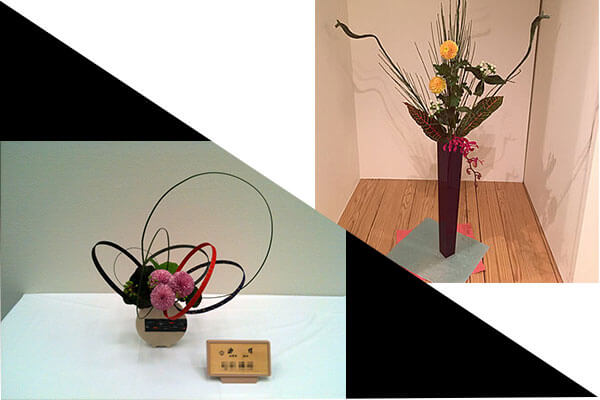
Sculpture
Sewing
Shibori – several methods of dyeing cloth with a pattern
Shifu – washi that has been spun into yarn (kami-ito) and woven into cloth
Shodo – the art of calligraphy
Sumi-e – the art of Ink wash painting
Sumingashi – a form of paper marbling
Ukiyo-e – a genre of woodblock prints
Washi eggs – covering eggs with washi paper
Chigiri-e – using Washi for “painting” pictures
★ Clothing
Cosplay
Kimono
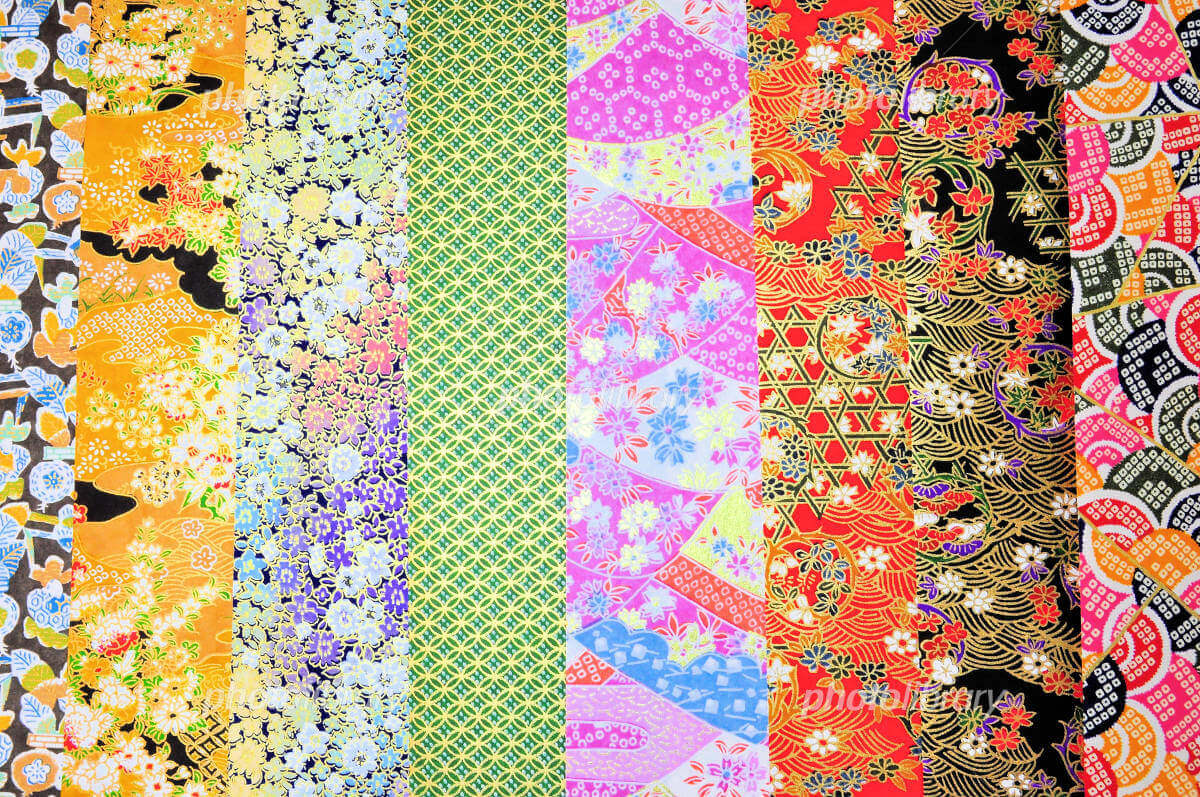
Obi
Zori
★ Furniture
Cushion
Futon
Shoji
Fusuma
★ Objects
Bags
Bento box
Harae-Gushi, the washi whisk used for ritual purification by Shinto priests
Japanese banknotes
Loudspeaker cones. Mitsubishi
Ofuda for Shinto
Plates
Last but not least, Washi is essential element of Japanese culture. It’s a very special type of paper that perfectly suits the Japanese sense of beauty.

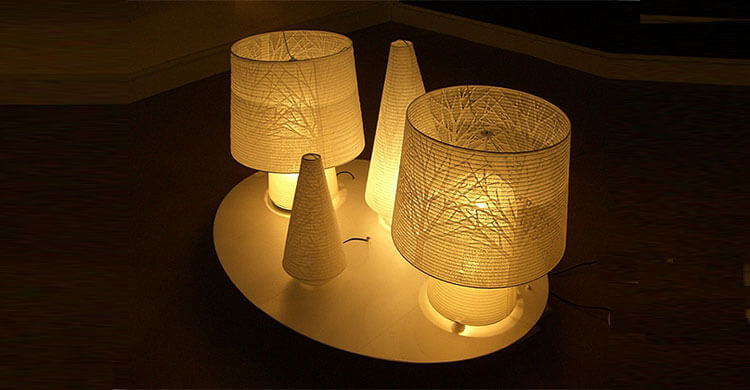
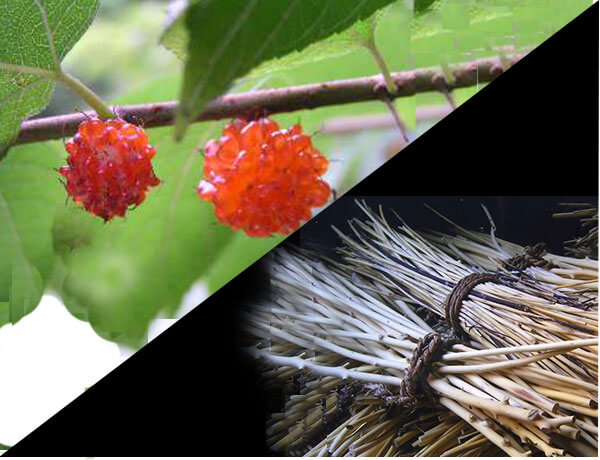




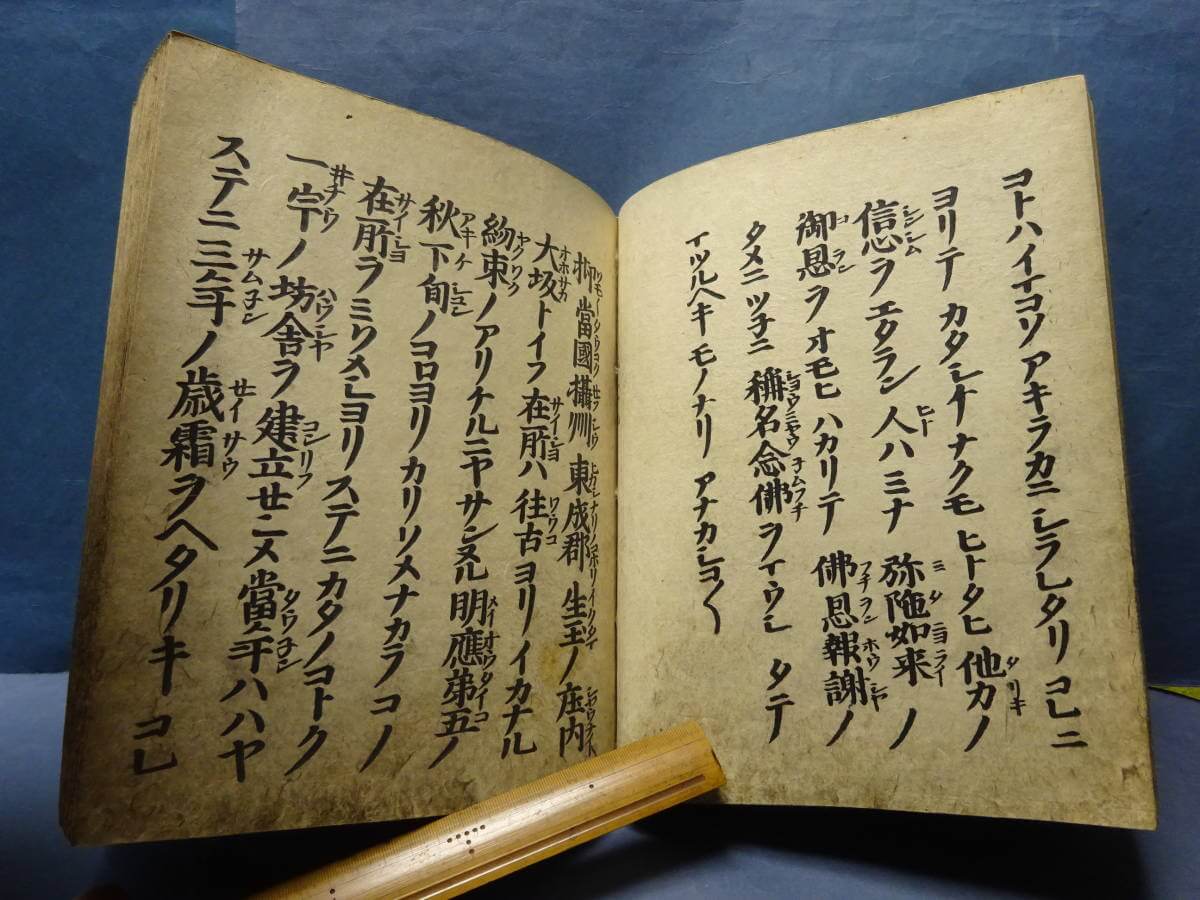
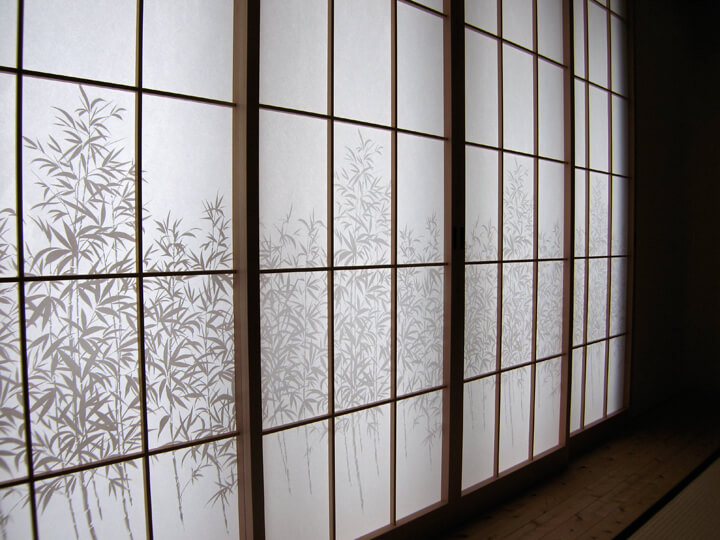


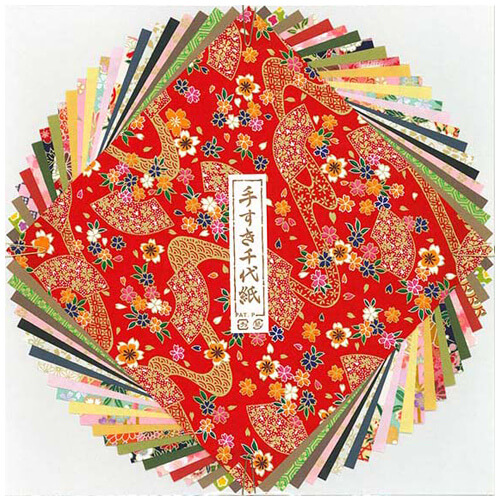
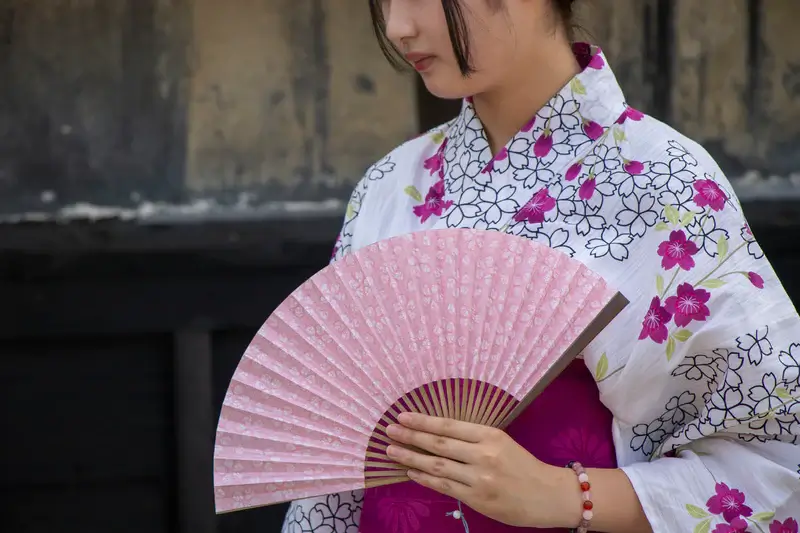






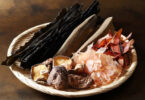

Leave a Comment